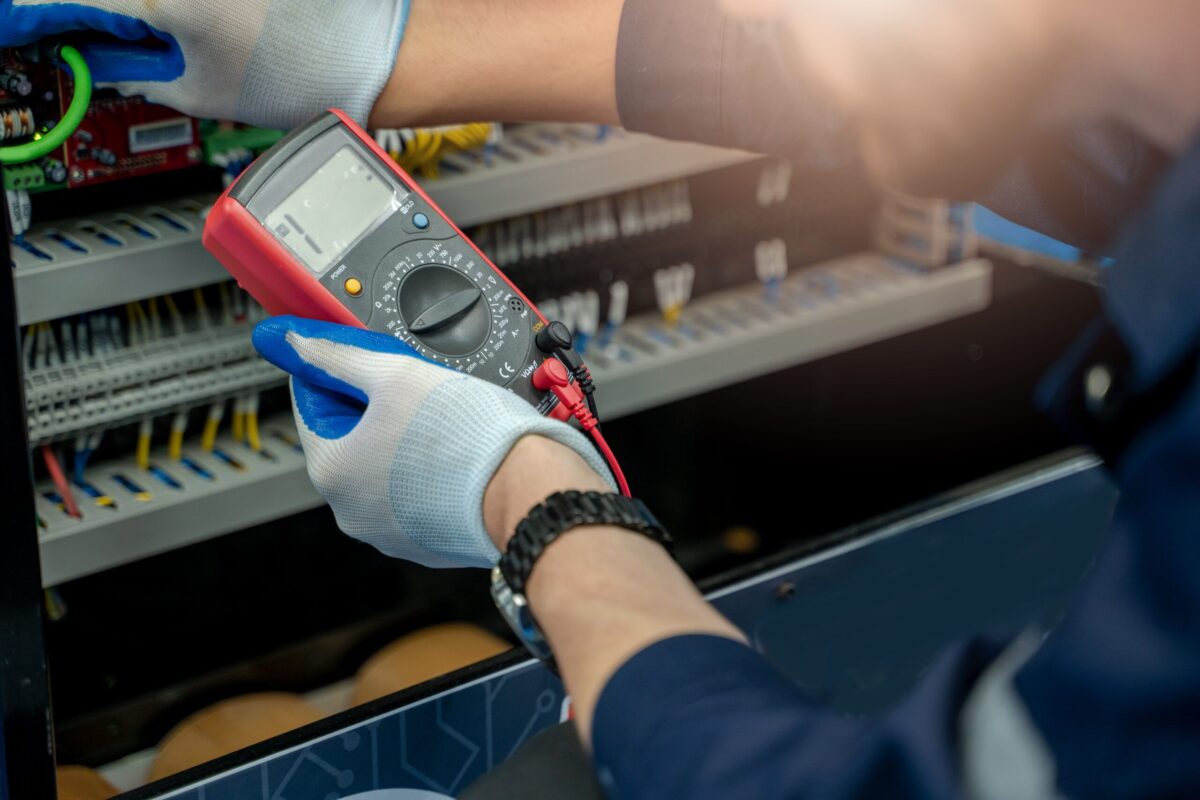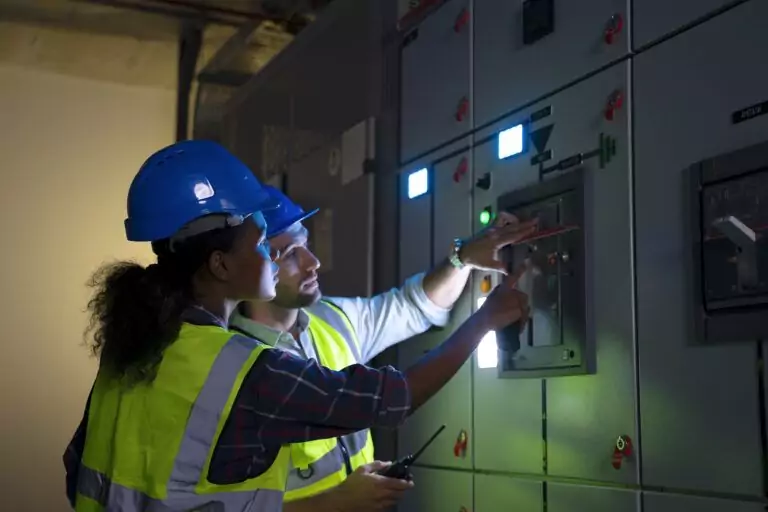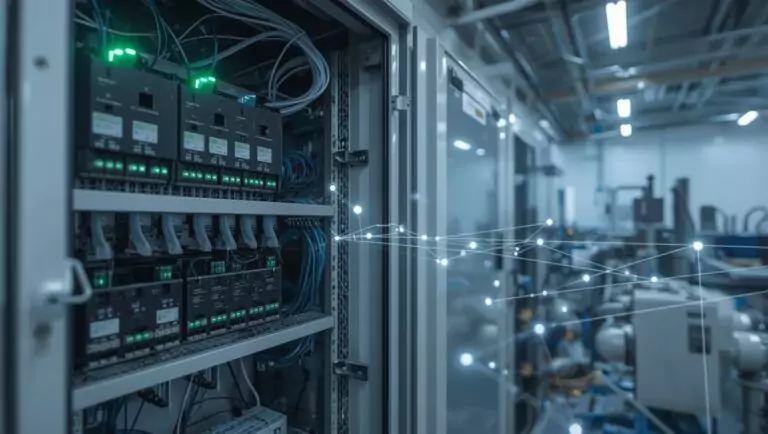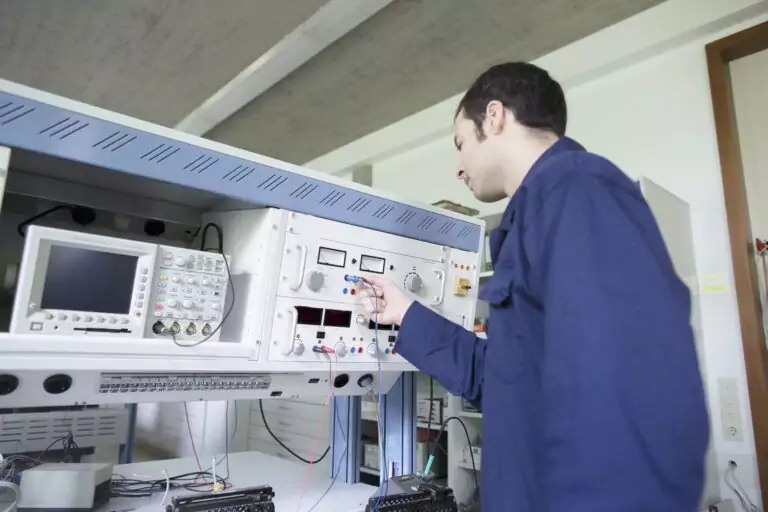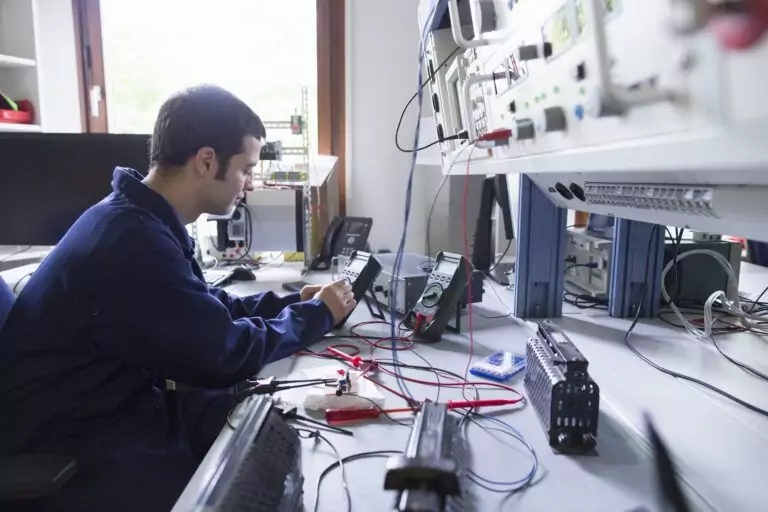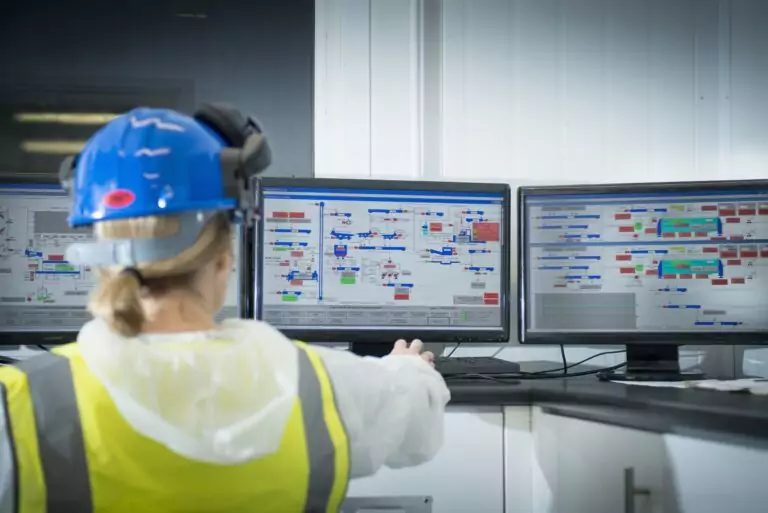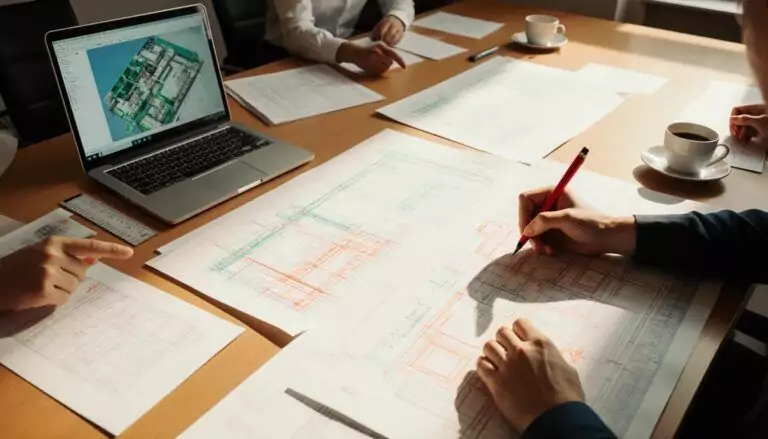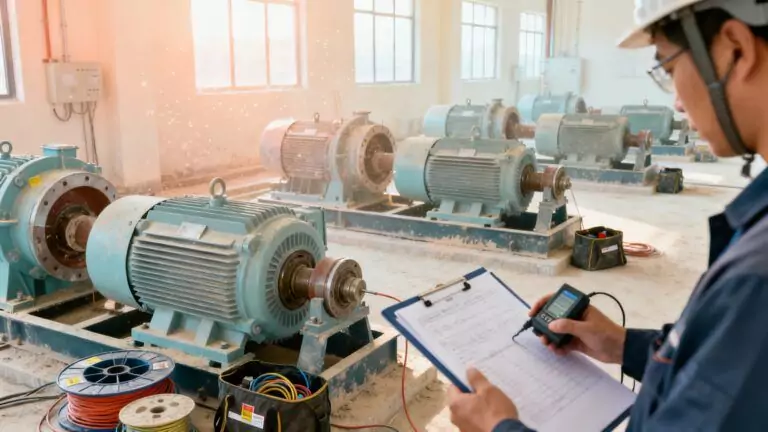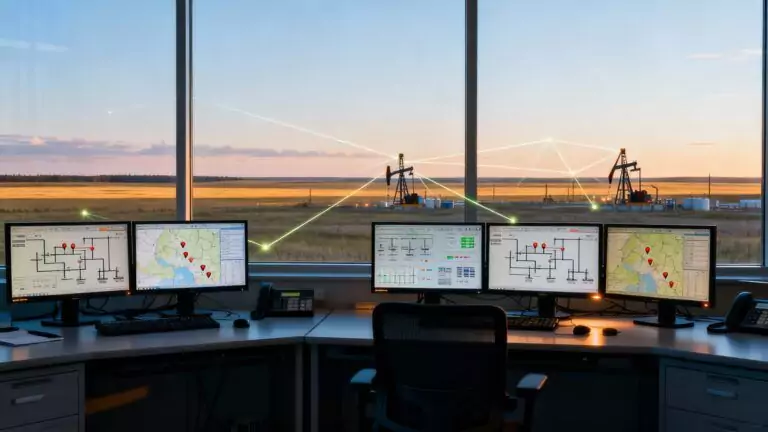Navigating the complexities of electrical design can be as thrilling as it is challenging. From keeping pace with the rapid evolution of technology to managing intricate projects, electrical designers face a myriad of obstacles that demand a unique blend of creativity, precision, and technical prowess. This article delves into the multifaceted world of electrical design, highlighting the key challenges professionals encounter in their roles.
Whether it’s mastering new software, ensuring compliance with global standards, or balancing innovation with practicality, each aspect requires a dedicated approach to overcome. Join us as we explore these hurdles in detail, offering insights into the dynamic and ever-evolving field of electrical design.
Identifying the Primary Challenges
Identifying the primary challenges in electrical design or endeavour is crucial for developing effective strategies and solutions. This process involves a systematic assessment of obstacles and issues that hinder progress toward a specific goal.
After identifying the challenges, categorising them based on their impact and urgency is essential. Not all challenges are created equal; some may require immediate attention due to their potential to derail progress, while others might be long-term issues that need strategic planning and resources to mitigate. This prioritisation helps focus efforts and resources on the most critical areas.
Finally, communicating these challenges to stakeholders is a vital step. It involves not just listing the problems but also explaining their implications, potential solutions, and the rationale behind their prioritisation. Effective communication ensures buy-in from all parties involved and sets the stage for collaborative problem-solving.
Keeping Up with Rapidly Evolving Technology
In the current fast-paced environment, keeping up with rapidly evolving technology is essential. This challenge necessitates a commitment to continuous learning and the agility to adapt, ensuring the latest technological advancements are integrated into practices and products. It’s a strategic imperative to not only remain current but also to harness technology to maintain a competitive edge.
Managing Complex Electrical Design Projects
The task of managing complex electrical design projects has become increasingly challenging, propelled by technological advancements and the demand for innovative solutions. Successful management of these projects requires a comprehensive understanding of electrical engineering principles, exceptional project management capabilities, and the foresight to identify and address potential challenges proactively.
Ensuring Compliance with Regulations and Standards
Ensuring compliance with regulations and standards requires a thorough grasp of existing regulations, an awareness of impending changes, and the application of this knowledge to ensure that products and services are safe and reliable.
Collaborating Effectively with Multidisciplinary Teams
Complex projects require effective collaboration across multidisciplinary teams. The success of this collaboration rests on clear and open communication, respect for the diverse expertise of team members, and a cohesive approach to problem-solving. Achieving this level of synergy is vital for fostering innovation and addressing complex challenges efficiently.
Balancing Creativity with Practicality
Balancing creativity with practicality involves generating innovative ideas that are not only imaginative but also feasible, cost-effective, and sustainable. Achieving this equilibrium is crucial for developing solutions that are both novel and implementable in real-world scenarios.
Evolving Technology
Evolving technology presents a dynamic landscape for electrical designers, characterised by the rapid emergence of new software and hardware technologies. This evolution demands continuous learning and professional development to stay abreast of advancements. Adapting to these changes is essential to remain relevant and competitive in the field.
Staying Informed About New Software
Staying informed about new software is essential for electrical designers to maintain a competitive edge. Actively seeking out and understanding the latest software developments allows for the enhancement of efficiency and innovation in design processes. This commitment ensures that designers can leverage cutting-edge tools to stay at the forefront of the industry.
Adapting to New Hardware Technologies
Adapting to new hardware technologies represents a significant challenge that demands both flexibility and foresight. As hardware continuously evolves, comprehending its capabilities and limitations is crucial. This adaptation is key to ensuring that electrical designs remain compatible with the latest technological advancements, preparing them for both current and future innovations.
Continuous Learning and Professional Development
Continuous learning and professional development empowers designers to acquire and refine skills, keeping them competitive and contributing to the advancement in electrical design. This dedication to growth underscores the importance of lifelong learning in adapting to and shaping the future of technology.
Complex Project Management
Complex project management in the realm of electrical design involves the intricate coordination of elements, from aligning with architects and engineers to managing client specifications and feedback. It requires a robust framework for risk management and effective mitigation strategies. This multifaceted process is essential for navigating the complexities of large-scale projects, ensuring that they are delivered efficiently, on time, and within budget.
Mastering complex project management is critical for electrical design projects, demanding a high level of expertise, precision, and adaptability from all involved.
Coordinating with Architects and Engineers
Coordinating with architects and engineers is pivotal in electrical design projects, ensuring that electrical systems integrate seamlessly with overall architectural and structural plans. Effective communication and teamwork are essential, as they align project goals and specifications, leading to successful outcomes and innovative solutions.
Handling Client Specifications and Feedback
Handling client specifications and feedback is a critical aspect of complex project management. This process involves understanding the client’s vision, translating it into actionable design elements, and responsively adapting to feedback. Ensuring the project meets or exceeds client expectations is key to fostering satisfaction and trust.
Risk Management and Mitigation Strategies
Risk management and mitigation strategies play a crucial role in navigating the complexities of electrical design projects. Identifying potential risks early and developing proactive mitigation plans can significantly reduce their impact. This approach demands a comprehensive analysis of project variables and strategic planning to anticipate and address challenges effectively, ensuring project resilience and success.
Compliance with Regulations
Compliance with regulations in electrical design is a critical aspect that ensures the safety, reliability, and marketability of projects. This adherence not only mitigates legal and financial risks but also promotes sustainable development, reflecting a commitment to ethical practices and global standards.
Navigating International Standards (IEC, IEEE)
Navigating international standards such as IEC and IEEE is critical for electrical designers aiming to ensure their projects adhere to global benchmarks for safety and efficiency. Proficiency in these standards ensures designs are not only compliant but also able to compete effectively internationally.
Adhering to Local Building Codes
Adhering to local building codes is essential for the seamless execution of electrical designs. This commitment ensures projects meet specific regional requirements, promoting safety, functionality, and compliance.
Environmental and Sustainability Considerations
Incorporating environmental and sustainability considerations into electrical designs is increasingly becoming a cornerstone of the design process. This involves a careful assessment of environmental impacts and a commitment to the sustainable use of resources, signifying a dedication to ethical practices and sustainable development. This not only aligns with regulatory mandates but also caters to the growing consumer demand for environmentally responsible and sustainable solutions.
Team Collaboration
Team collaboration is essential in electrical design, facilitating the integration of diverse expertise and perspectives to solve complex challenges. The ability to collaborate effectively not only enhances project outcomes but also contributes to a more dynamic and adaptable industry landscape.
Effective Communication Techniques
Effective communication techniques help ensure all team members are on the same page, facilitating a smooth flow of ideas and information. Techniques such as active listening, clear and concise messaging, and regular updates, enhance coordination and foster a culture of openness and mutual respect among team members, which is essential for the success of electrical design projects.
Sharing Data and Designs Securely
Sharing data and designs securely is paramount in protecting the integrity and confidentiality of electrical design projects. Implementing advanced security measures and protocols, like encryption and secure file-sharing platforms, ensures that sensitive information is safeguarded, facilitating trust and cooperation among team members and with stakeholders.
Resolving Interdisciplinary Conflicts
Resolving interdisciplinary conflicts effectively is key to maintaining a cohesive and productive team environment. Constructive conflict resolution strategies, such as mediation and consensus-building, lead to stronger, more resilient project outcomes, enhancing the overall project quality and team dynamics.
Creativity vs. Practicality
Balancing creativity with practicality is a fundamental challenge in electrical design, requiring a harmonious blend of innovative thinking and realistic application. This balance ensures that designs are not only imaginative and groundbreaking but also feasible, cost-effective, and reliable. Incorporating creative solutions that adhere to practical constraints like budget, materials, and regulations enhances the viability and sustainability of projects.
Achieving this equilibrium is crucial for delivering electrical designs that push the boundaries of what is possible while remaining grounded in the realities of engineering and project management.
Incorporating Innovative Solutions
Incorporating innovative solutions is essential for pushing the boundaries of electrical design, enabling the development of systems that are not only novel but more efficient and effective.
Designing for Efficiency and Cost-Effectiveness
Designing for efficiency and cost-effectiveness is crucial in ensuring that electrical systems are sustainable and accessible. Optimising the use of resources and minimising waste help make cutting-edge electrical solutions viable across applications and reduce their environmental impact.
Ensuring Safety and Reliability
Ensuring safety and reliability in electrical design requires rigorous testing, strict adherence to established standards, and continuous performance monitoring. Electrical designs must achieve the highest levels of safety and dependability to instill confidence in their use and application.
Transforming Challenges into Opportunities
The role of an electrical designer is increasingly complex, with constant technological evolution, regulatory demands, and the need for creative yet practical solutions. From mastering new software and hardware to collaborating across disciplines and ensuring compliance with global standards, the challenges are numerous, but so are the opportunities to innovate and excel. As the industry advances, the need for professionals who can navigate these complexities continues to grow.
Vista Projects, with over 40 years of experience, thrives in transforming these challenges into streamlined, efficient solutions. Our integrated engineeringThe process of integrated engineering involves multiple engineering disciplines working in conjunction with other project disciplines to e... expertise and innovative approach empower teams to tackle electrical design projects with precision, creativity, and sustainability.
Ready to elevate your electrical design projects? Contact Vista Projects today, and let us help you turn your vision into a reality.
